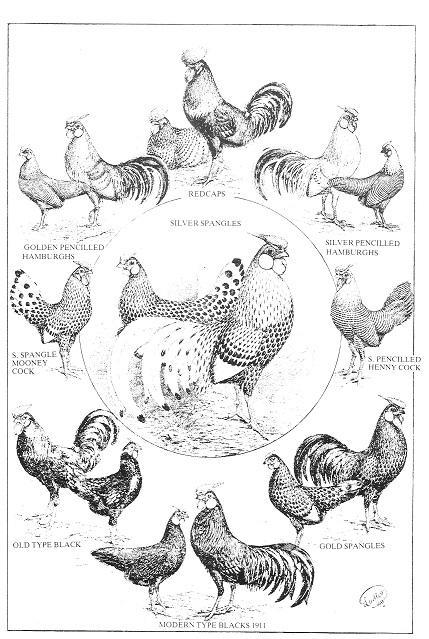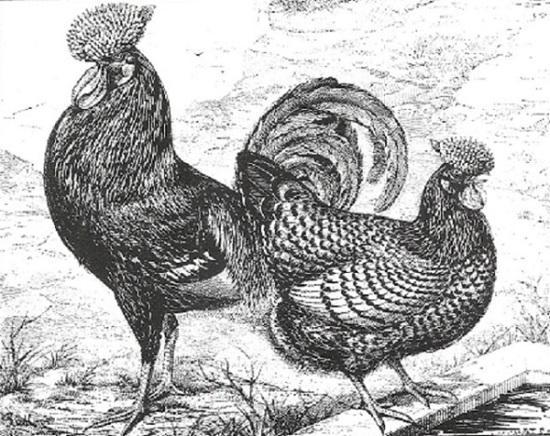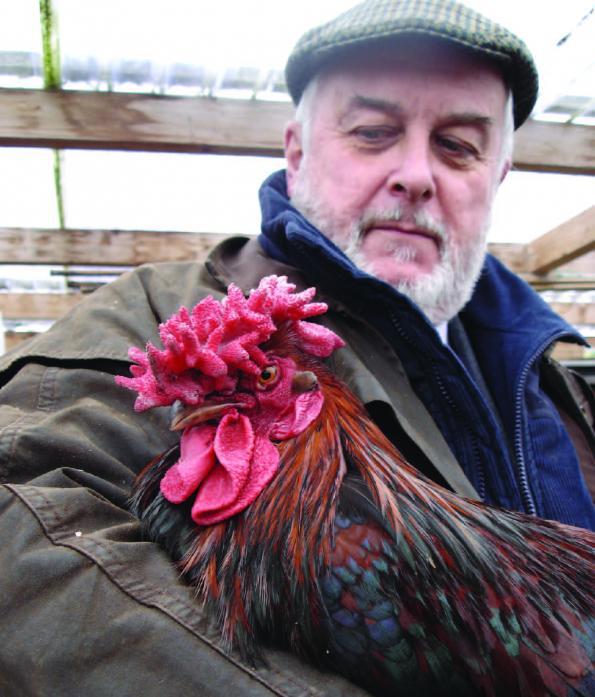Here is a video of some great Derbyshire Redcaps at the National Poultry Show of Great Britain
Last edited:
Follow along with the video below to see how to install our site as a web app on your home screen.
Note: This feature may not be available in some browsers.










